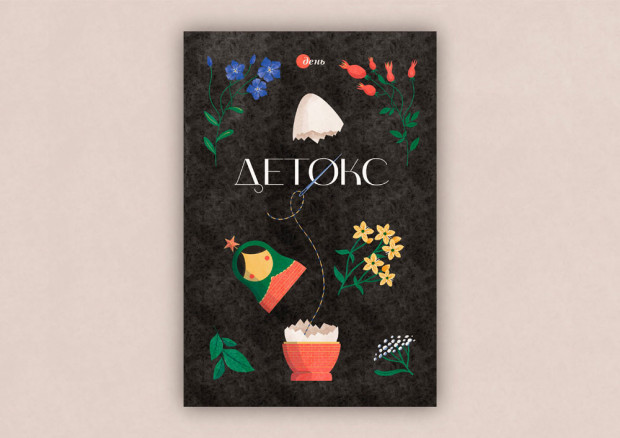Religious Politics
The Moscow Patriarchate was originally the Kyiv Patriarchate, which moved to Moscow in the seventeenth century. This might seem a move a questionable wisdom, because in 1721 Tsar Peter I replaced it with a Holy Synod, essentially a state department of religion. After this one could forget about such "Catholic" niceties as the sanctity of confession. If you were stupid enough to confess to the priest something you could get in trouble for, you got in trouble.
Lenin abolished the Holy Synod and allowed the revival of the Russian Patriarchate, but by this time Ukrainians were getting restless with such a clearly Russian institution and set up their own Ukrainian Autocephalous Church in the early 1920s. No Russian bishop would ordain the Ukrainian bishops, and believers resorted to a canonically dubious "Alexandrine precedent" whereby priests made a bishop, a move seen by many as a violation of the doctrine of Apostolic Succession. Within a few years, the Autocephalous had about a third of all parishes in Ukraine, but, no matter, it was suppressed in the winter of 1929-1930 amid a show trial, although it continued to survive in emigration. Its parishes went to the Russian Orthodox Church. During World War II, however, the Autocephalous Church was revived, this time with canonical bishops from the Orthodox Church of Poland. But after the war history repeated itself: the bishops and priests wound up in emigration - or dead.
In 1946 the Soviets called a clearly uncanonical council of the Ukrainian Catholic Church (formed in the sixteenth century) at which it was too abolished, its church buildings also went to the Russian Orthodox, who were considered outside Russia proper an institution of national integration. In late Soviet times half of its congregations were in Ukraine, a quarter in the traditional Greek (Ukrainian) Catholic heartland of Western Ukraine. With independence both the Greek Catholics (who had really existed in the catacombs all along) and Autocephalous Church revived. Autocephalous leader in the US, Metropolitan Mstyslav Skrypnyk, was elected Kyiv Patriarch. The stage for conflict was set.
The problem here is the doctrine of mortmain: once a church gets something,
it can never be alienated. A dead hand lies upon it. The Ukrainian Greek
Catholics demanded back everything ever taken from them, and the Russian
Orthodox, now renamed Ukrainian Orthodox Church (Moscow Patriarchate) but
where the Ukrainian language is "not understood," considered handing over
anything handed over to them by Stalin anathema and theft, conveniently
forgetting that much of it had been taken from others under morally dubious
(putting it mildly) conditions. The Autocephalous, who in turn split after
the death of Mstyslav but will sooner or later probably get back together,
needed whatever they could get. Both Ukrainian Orthodox communities are
trying mightily to rebuild their communities. And there is, to put it mildly,
no love lost, for if truth be told, religious conflicts are always the
worst because all parties believe they have God on their side.
Newspaper output №:
№21, (1999)Section
Day After Day





